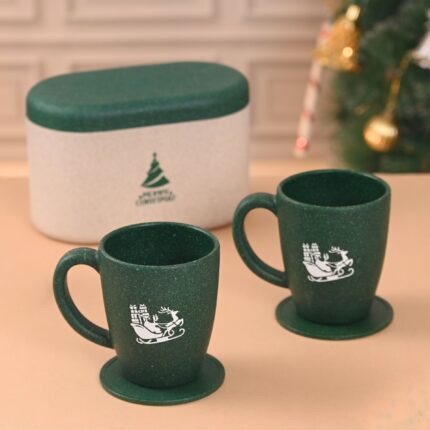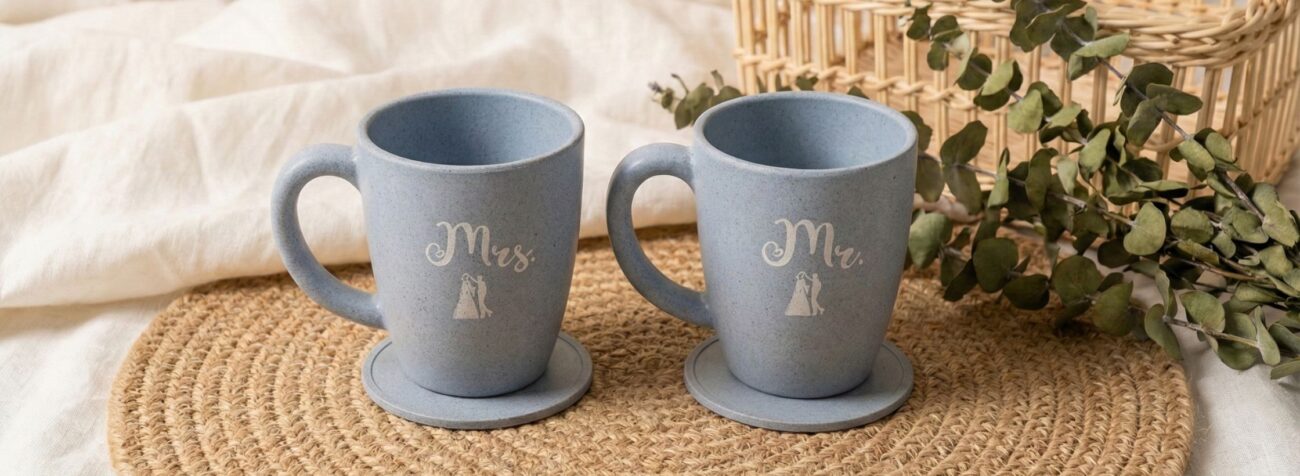Conscious Closet Cleanout: 5 Sustainable Solutions for Old Garments

Conscious Closet Cleanout: 5 Sustainable Solutions for Old Garments
Sustainable solutions are becoming increasingly essential as more people seek eco-friendly alternatives to reduce waste and conserve resources in their daily lives.
Let’s be real: We’ve all faced the dilemma. You open your closet, and it’s stuffed with clothes you haven’t worn in ages, yet you’re not ready to toss them just yet. Maybe they don’t fit anymore. Maybe they’re not your style. Or maybe, just maybe, you’re holding onto them because you’re not sure what to do with them. So, what happens next? Do you donate them? Sell them? Or, is it possible to recycle them in a more sustainable way?
As we all work towards a greener future, many of us want to take responsible steps when it comes to our old garments. We’re all for reducing waste, embracing sustainability, and finding alternatives to the traditional “throw it away” mindset. If you’ve found yourself wondering, “Are my old clothes compostable?” or “Is there a sustainable solution for getting rid of old clothes?”, keep reading. We’ve got five practical and eco-friendly tips to help you give your wardrobe a conscious cleanout.
Old Garments Sale: Turning Your Unwanted Clothes Into Cash
Ever thought about selling those clothes you no longer wear? Rather than letting them collect dust, you can turn your unwanted garments into cash – and help promote a circular economy while you’re at it.
Selling your old clothes is one of the easiest and most sustainable solutions for giving them a second life. Not only does it keep your garments out of landfills, but it also supports the idea of upcycling and reusing. When someone else purchases your pre-loved items, they get a chance to enjoy them for a second round, which cuts down on the need for new textile production.
Here are a few ideas for selling your old garments:
Online Marketplaces: Platforms like Depop, Poshmark, and ThredUp are great for selling everything from vintage pieces to more contemporary items.
Local Consignment Shops: If you’re not keen on selling online, you can try local shops that specialize in second-hand clothing.
Community Swap Events: Some neighborhoods or online communities hold clothing swap events, where you can trade your unwanted clothes with someone else. Not only is this a sustainable solution, but it’s also a fun way to refresh your wardrobe without spending any money.
Tip: If you’re selling clothes online, remember to take clear, well-lit photos and provide honest descriptions to increase your chances of a sale!
Are Old Clothes Compostable? Let’s Break It Down
One common question that pops up when talking about sustainable solutions for old garments is, “Are my clothes compostable?” The short answer? It depends on what they’re made of.
While most synthetic fabrics like polyester and nylon are not compostable, natural fibers such as cotton, wool, linen, and hemp can be composted – provided they don’t contain any synthetic additives, like zippers or plastic buttons. Composting clothes made from these fibers is a great way to divert waste from landfills and enrich the soil at the same time.
If you want to compost your old garments, make sure to:
Remove any non-biodegradable parts (like buttons, zippers, or tags) before adding them to your compost bin.
Tear up the fabric into smaller pieces to help speed up the composting process.
By composting your old clothes, you’re not only reducing waste but also contributing to a greener, more sustainable way of dealing with textiles. Plus, you’ll be nourishing the soil and supporting plant life – a win-win!
Donate: The Classic Yet Effective Option
Another simple and well-loved sustainable solution for getting rid of old clothes is donating them. Many people choose this option because it’s easy, accessible, and gives their garments a new life. Whether it’s a local thrift store, a charity shop, or an organization that supports those in need, donating your clothes is a great way to ensure they get used by others.
Donating also supports a circular economy – clothes are passed on from person to person, so they don’t just end up as waste. However, it’s important to make sure the clothes you donate are in good condition and can be worn by someone else. Think about the pieces that are still wearable and could be loved by someone else. If it’s torn, stained, or missing buttons, maybe it’s better to look for another option, like recycling or upcycling.
Pro Tip: Some stores offer a “donate and save” deal, where you can donate your clothes in exchange for a discount or store credit. It’s a nice incentive to declutter your wardrobe while also giving back!
Recycle: The Final Frontier for Old Clothes
When it comes to sustainable solutions for your old garments, recycling is one of the most impactful ways to ensure they don’t end up in a landfill. Many clothing brands and companies now offer clothing recycling programs, where you can drop off your unwanted clothes, regardless of their condition. These garments are then either recycled into new fibers or repurposed into other products.
You can also look for textile recycling bins in your local community or explore services like textile drop-offs at certain retailers. The great thing about textile recycling is that it helps reduce waste and conserves valuable resources by transforming your old garments into new products.
Textile recycling programs are often a great solution for clothes that are too worn out to sell or donate. By recycling, you ensure that nothing goes to waste – everything gets repurposed.
Upcycle: Turn Old Clothes into Something New
Upcycling is one of the most creative and sustainable solutions for dealing with old garments. Instead of tossing clothes you no longer wear, consider transforming them into something new and useful. The options are endless, and you don’t need to be a professional seamstress to give upcycling a try.
Here are a few easy ways to upcycle old clothes:
Transform an old t-shirt into a tote bag with a few simple cuts and stitches.
Turn a worn-out sweater into cozy mittens or a blanket.
Repurpose a pair of jeans into trendy shorts for the summer.
Upcycling not only gives your clothes a new life but also helps reduce the demand for new materials, which is crucial for reducing carbon footprints and conserving resources. Plus, it’s a fun way to personalize your wardrobe without spending a ton of money.
Final Thoughts: Sustainable Solutions for Old Garments and the Bigger Picture
The world is waking up to the importance of sustainability, and taking conscious steps in how we handle our old garments is just one way we can help protect the planet. Whether you choose to sell, donate, compost, recycle, or upcycle, remember that every small action counts. By rethinking the way we deal with our clothes, we contribute to a circular economy that reduces waste and helps conserve precious resources.
At the end of the day, it’s not about being perfect – it’s about making the effort. And as more people embrace these sustainable solutions, we can all contribute to a greener future.
So, the next time you’re faced with a pile of old garments, ask yourself: What’s the most sustainable solution for these clothes? From selling and donating to composting and upcycling, there’s always an eco-friendly option waiting to be explored.
Ready to give your wardrobe a conscious cleanout? Let’s make sustainable choices together, one garment at a time.
Visit eha’s range of sustainable gifting to choose, made with biocomposite materials using crop-waste such as rice husk, bamboo fibers and coffee husk.
If you are looking at developing new range of earth friendly drinkware speak to experts at Mynusco.










































